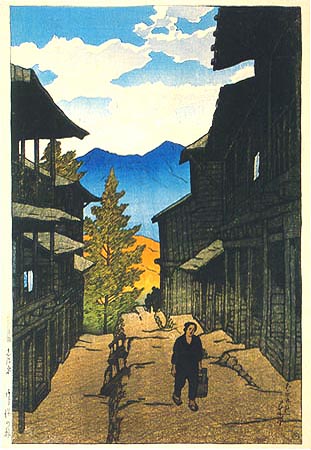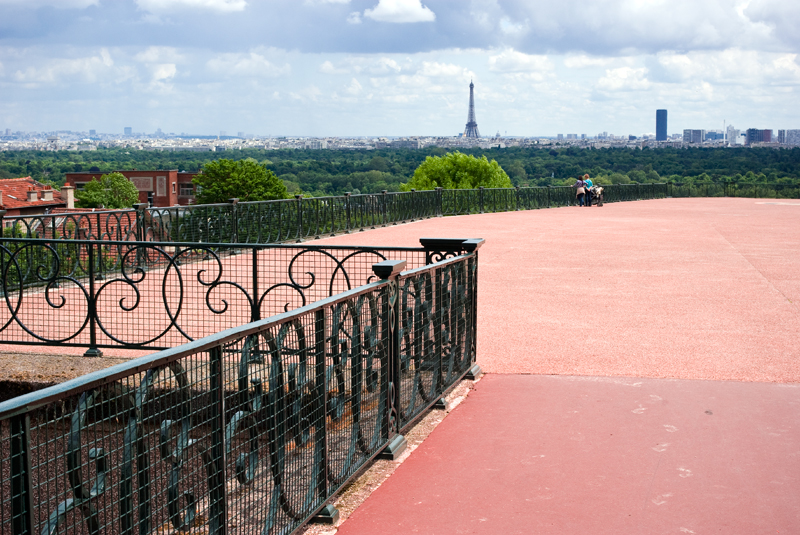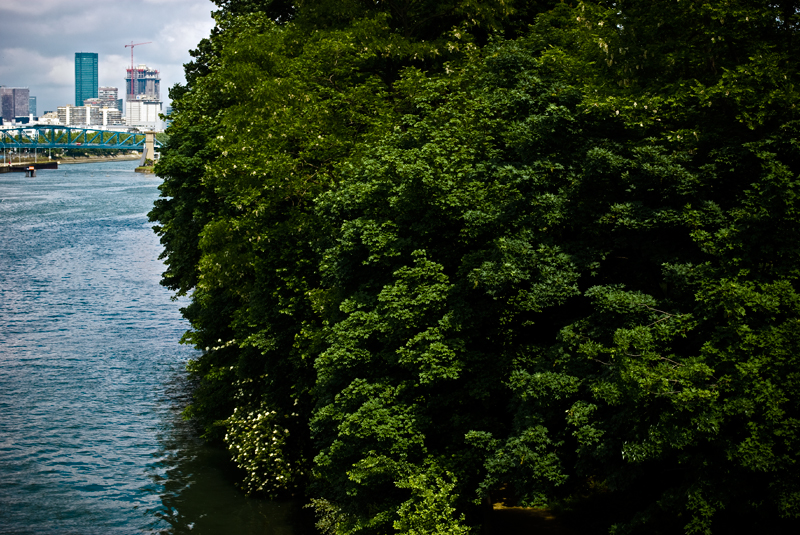Well, i'm glad to see all these reactions about my picture. Very interesting comments, a lot of sense-full questions...
However, if i had to take this photo again, i would shot exactly the same ! In fact, i tried many things about this place which is near my office : BW pictures, classical composition using thirds, etc. But this one is the best attempt i made to express my vision.
Charlotte is true, as i have a more global project for several months, which talk about human condition in cities and relationships with our environment and nature.
For instance, this is another picture linked to this project :
You can retrieve same themas and global composition in this second one.
Concerning the first image, "Life", my choices were the following :
- colour to produce saturated and artificial landscape (thanks Velvia 50 !), and to evoke poor urban environment where we live
- horizontal layers and entirely sharp image, without focus point, with "diving view", to produce a flat and undimensional view, as flemish painters did (Brueghel Elder ie)
- very small man, overhelmed by majestic and quite threatening vegetation (another example below)
- centered man, cemetery (which hard to discern on this small-sized web picture) and plant, to create geometrical effect and malaise
This is another picture about presence of nature in urban environment and the ambiguous feeling we have about it (we like nature but we struggle against it for millenaries) :
I also used artificial colours, but i am not satisfied yet with this version... Too much blue buildings i think...
Finally, i have still months to work before te be able to finalize my project...








